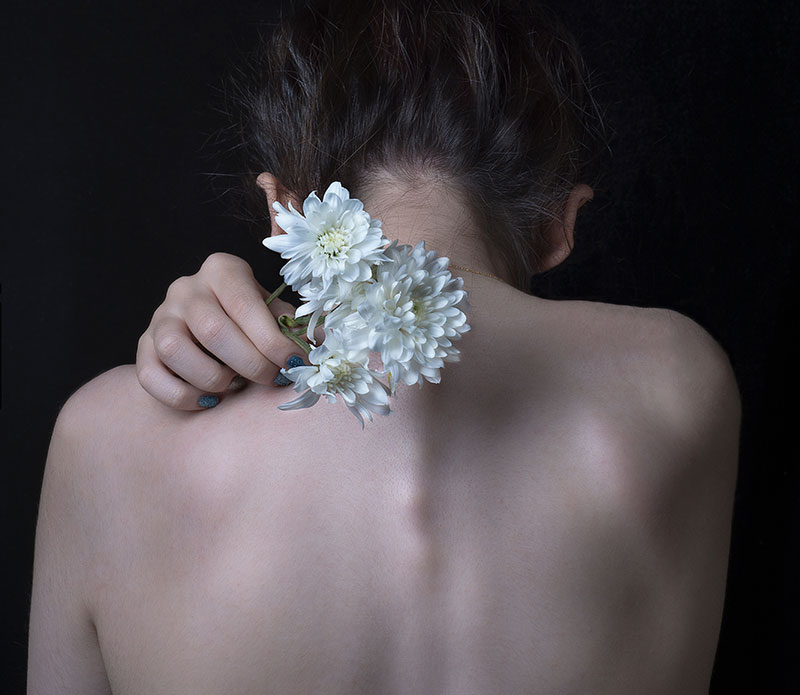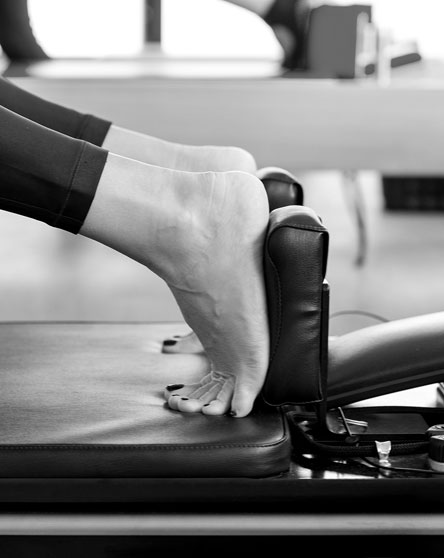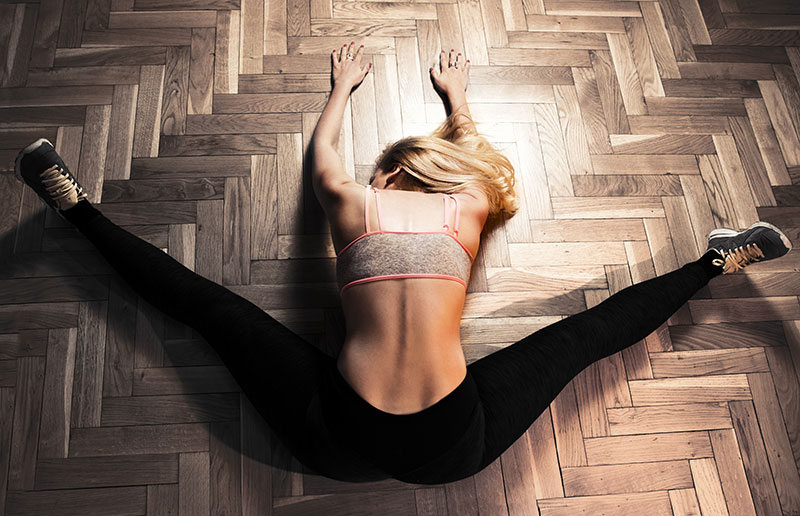
An interest in posture and back
Our present society is suffering more and more from the back du to inappropriate posture at work or in everyday life. These wrong postures have consequences that Pilates can stabilize and correct.
Pilates will allow a rebalancing between agonist and antagonist muscles or between the right and left side of the body by strengthening the muscle groups too weak and stretching the muscle groups too strong, improving the tone and control of the stabilizing muscles.
The goal of the method is to minimize body imbalances in order to reorient to a neutral position as quickly as possible. Joseph Pilates' method aims to rebalance muscle tone, strength and flexibility through his many exercises..
Pilates and rehabilitation
The proper placement of the osteo-articular system and the good balance of the musculotendinous system directly or indirectly ensures the proper functioning of all systems of the human body.
After some rehabilitation around a joint, it is possible to continue and consolidate with Pilates.
For example :
Dislocation of the shoulder :
strengthening of the rotator cuff and periarticular muscles.
Wrist reinforcement :
work on the supports to strengthen the wrist muscles (osteoporosis) or simply to find the normal mobility.
Rupture of cruciate ligaments of the knee or meniscectomy :
muscle rebalancing and stretching of the knee.
Sprain of the ankle :
strengthening the balance muscles by combining Pilates and proprioception.
Pilates has a lot to offer…
An analytical approach of the human body combined with this method allows to obtain very good results...


An ideal strengthening of the deep muscles
At the height of the shoulder is the rotator cuff. This muscle group has the role of stabilizing the shoulder. It is possible to tone these muscles in order to bring the shoulders back to a neutral position and avoid dislocations.
At the pelvis is the ilio-psoas, which connects the leg to the trunk. The method improves the tone and elasticity of these muscles to relieve localized tensions in the lower back.
In the ankle and tibia: the soleus is the muscle of balance. It is possible to improve control and thus the overall balance of the body.
